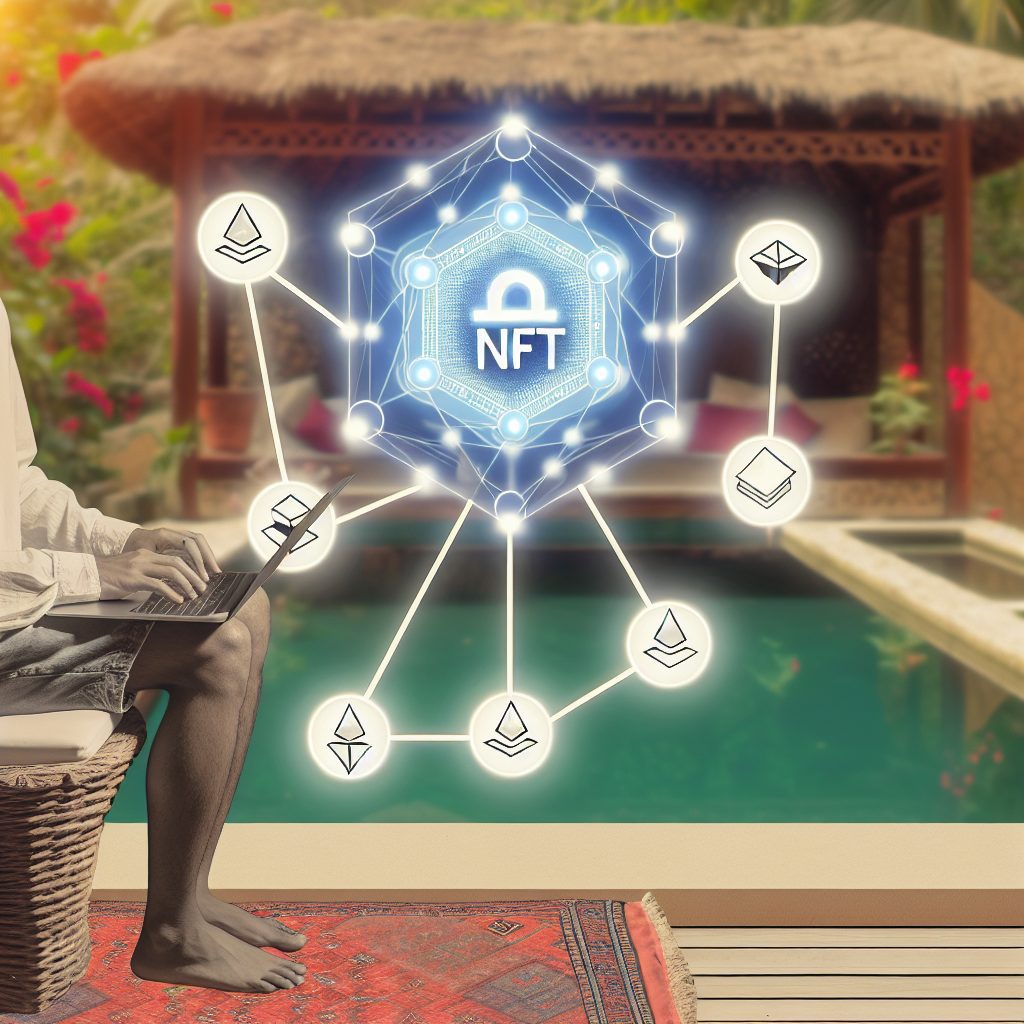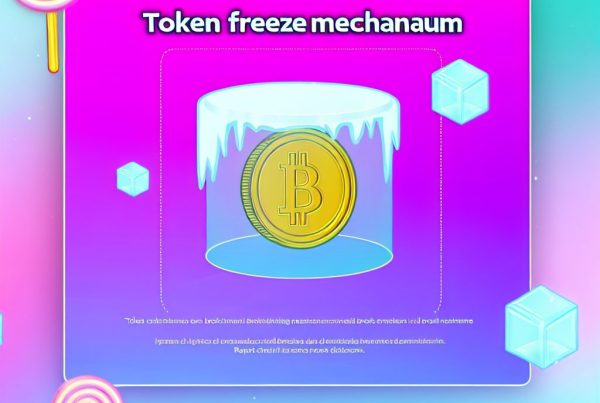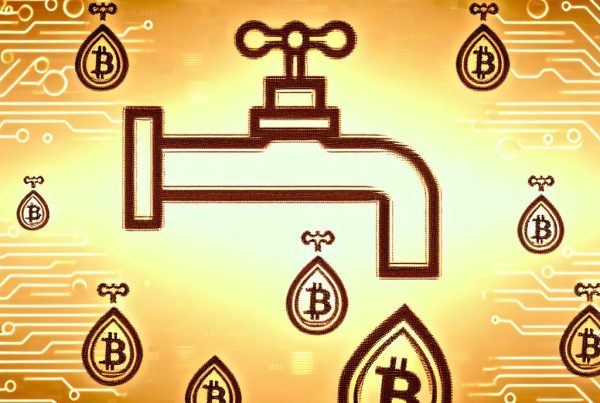How to Read an NFT Smart Contract
The rise of Non-Fungible Tokens (NFTs) has transformed the digital landscape, allowing artists, musicians, and creators to tokenize their work and sell it on various blockchain platforms. However, understanding the underlying technology, particularly the smart contracts that govern these NFTs, is crucial for anyone looking to engage with this space. This guide will provide a comprehensive overview of how to read an NFT smart contract, ensuring you can navigate the complexities of this innovative technology.
What is an NFT Smart Contract?
A smart contract is a self-executing contract with the terms of the agreement directly written into code. In the context of NFTs, these contracts are deployed on blockchain networks, most commonly Ethereum. They define the rules and properties of the NFT, including ownership, transferability, and metadata.
Understanding an NFT smart contract involves recognizing its structure and the functions it performs. Here are some key components:
- Token Standard: Most NFTs adhere to specific standards, such as ERC-721 or ERC-1155, which dictate how they function.
- Metadata: This includes information about the NFT, such as its name, description, and image URL.
- Ownership: Smart contracts track the ownership of NFTs, ensuring that only the rightful owner can transfer or sell the token.
- Transfer Functions: These functions allow the NFT to be transferred from one wallet to another.
Why Reading Smart Contracts is Important
Reading NFT smart contracts is essential for several reasons:
- Verification: By examining the contract, you can verify the authenticity and ownership of an NFT.
- Understanding Rights: Smart contracts outline the rights associated with an NFT, including resale royalties for creators.
- Avoiding Scams: Knowledge of smart contracts can help you identify potential scams or poorly designed NFTs.
How to Access an NFT Smart Contract
To read an NFT smart contract, you first need to access it on the blockchain. Here’s how:
- Identify the NFT: Find the NFT you want to investigate on a marketplace like OpenSea or Rarible.
- Locate the Contract Address: Each NFT is associated with a unique contract address, usually found on the NFT’s page.
- Use a Blockchain Explorer: Tools like Etherscan (https://etherscan.io) allow you to search for the contract address and view its details.
Breaking Down the Smart Contract Code
Once you have accessed the smart contract, it’s time to break down the code. Here are the key sections to focus on:

1. Contract Declaration
The contract declaration specifies the name and version of the contract. For example:
contract MyNFT is ERC721 {
This line indicates that the contract is named “MyNFT” and it follows the ERC721 standard.
2. State Variables
State variables store data related to the NFT. Common variables include:
- name: The name of the NFT collection.
- symbol: The ticker symbol for the NFT.
- baseURI: The base URL for the metadata associated with the NFTs.
3. Constructor Function
The constructor function initializes the contract and sets important parameters. For example:
constructor(string memory _name, string memory _symbol) ERC721(_name, _symbol) {
This function sets the name and symbol of the NFT collection when the contract is deployed.
4. Minting Function
The minting function allows new NFTs to be created. It typically includes parameters for the recipient’s address and token ID:
function mint(address to, uint256 tokenId) public {
This function can be restricted to certain roles, such as only allowing the contract owner to mint new tokens.
5. Transfer Functions
Transfer functions handle the movement of NFTs between wallets. The most common function is:
function transferFrom(address from, address to, uint256 tokenId) public {
This function ensures that only the owner can transfer their NFT to another address.
6. Metadata Functions
Metadata functions return information about the NFT, such as:
function tokenURI(uint256 tokenId) public view returns (string memory) {
This function provides the URL where the metadata for a specific token can be found.
Real-World Use Cases of NFT Smart Contracts
NFT smart contracts have been utilized across various industries, showcasing their versatility and potential. Here are some notable examples:
1. Art and Collectibles
Artists like Beeple have sold digital art as NFTs, with smart contracts ensuring that creators receive royalties on secondary sales. For instance, Beeple’s “Everydays: The First 5000 Days” sold for $69 million, with the smart contract stipulating a 10% royalty on future sales.
2. Gaming
Games like Axie Infinity use NFT smart contracts to manage in-game assets. Players can buy, sell, and trade characters and items, with ownership verified through the blockchain.
3. Music and Entertainment
Musicians are leveraging NFTs to sell exclusive content directly to fans. For example, Kings of Leon released an album as an NFT, allowing fans to purchase unique experiences and collectibles.
Common Questions About NFT Smart Contracts
What is the difference between ERC-721 and ERC-1155?
ERC-721 is a standard for creating unique NFTs, while ERC-1155 allows for both fungible and non-fungible tokens within a single contract. This flexibility makes ERC-1155 more efficient for projects with multiple token types.
How can I verify the authenticity of an NFT?
To verify an NFT’s authenticity, check the smart contract on a blockchain explorer. Look for the contract address and ensure it matches the one listed on the marketplace. Additionally, review the transaction history to confirm ownership.
Are NFT smart contracts immutable?
Once deployed, NFT smart contracts are generally immutable, meaning their code cannot be changed. However, developers can create new versions or upgrade contracts through proxy patterns.
Conclusion
Understanding how to read an NFT smart contract is essential for anyone looking to navigate the world of NFTs confidently. By familiarizing yourself with the structure and functions of these contracts, you can make informed decisions, verify authenticity, and avoid potential scams. As the NFT market continues to evolve, staying informed about smart contracts will empower you to engage with this innovative technology effectively.
For the latest news and updates in the cryptocurrency space, consider visiting Bitrabo. Follow me on social media for more insights: X, Instagram, Threads.
Disclaimer: This article is for informational purposes only and should not be considered financial advice. Always conduct your own research before making investment decisions.
The Crypto Watchlist of the Week 🔎
Subscribe to receive expert-curated projects with real potential—plus trends, risks, and insights that matter. Get handpicked crypto projects, deep analysis & market updates delivered to you.


